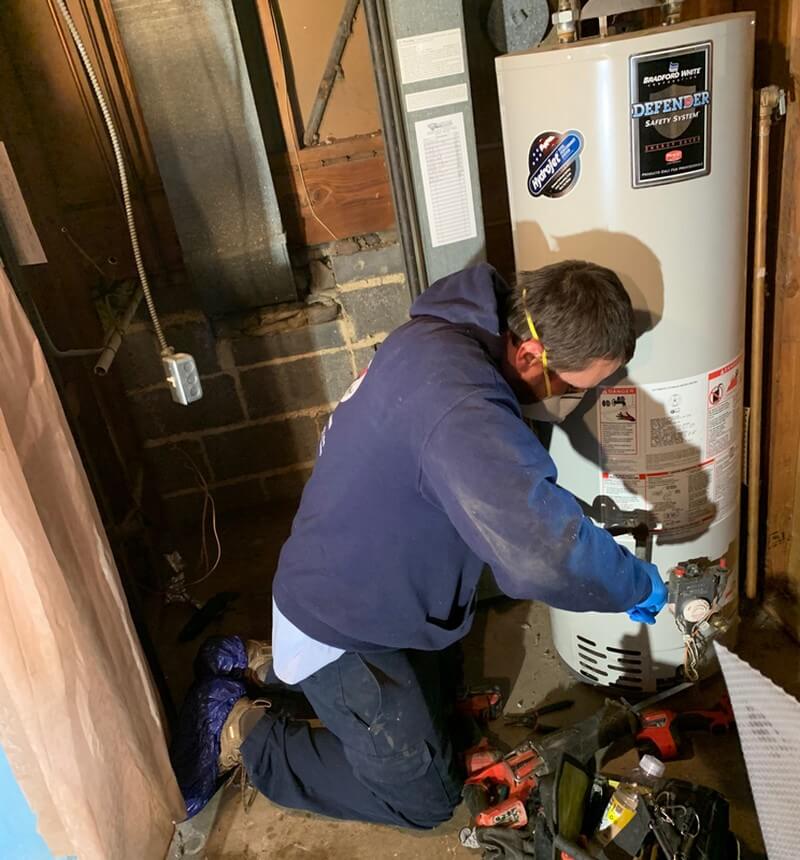There’s a lot of uncertainty about some aspects of life today. However, the importance of proper heating, ventilation, air conditioning and refrigeration (HVACR) installation and maintenance is a constant for homeowners, especially for those who have been spending a lot more time at home lately.
A well-maintained system keeps heating and cooling costs low, your family safe and comfortable in all kinds of weather, and is environmentally-friendly to boot. Luckily, homeowners can safely have HVACR work done during the coronavirus outbreak if they take proper precautions. Whether you’re a first time homeowner installing a brand new system, or have lived in your current residence for years and are maintaining an older system, here’s what to know:
• Look at your current energy bills to identify inefficiencies. There are certain maintenance steps you can and should take on your own, if possible: replace air filters monthly to ensure efficient air flow; keep tabs on your outdoor unit, clearing it of debris and obstructions; seal up drafty windows and doorways.
• Have general questions or need an HVACR consultation? Conduct these initial conversations via telephone and videoconference instead of in-person.
• Schedule preventative maintenance annually to ensure your system doesn’t stop running when you need it most. Professional technicians can check for such factors as damaged insulation around refrigerant lines or ducts with poor seals, all of which can cause your system to lose efficiency. These days, it’s especially important for this work to be taken care of properly the first time, so make sure it’s performed by a technician certified by North American Technician Excellence (NATE). NATE-certified technicians have proven their knowledge and expertise by passing specialized certification exams. To find local contractors that employ technicians with these qualifications, visit www.natex.org.
• Before hiring a contractor, ask what steps the company is taking to protect its employees and potential customers. For example, Vanessa Gonzales of Albuquerque Plumbing, Heating and Cooling, says her technicians are equipped with gloves, eye protection and suits to wear when they’re needed, as well as supplies to sanitize their devices. Her company is also working on a touchless system for processing estimates and work orders. These considerations can allow you to have needed HVACR work performed during this time while keeping you and your family safe.
• Ask anyone entering your home to wear a mask, gloves, shoe covers and to practice social distancing. You can show the technician the area they will need access, but make sure to give them six feet or more space.
• First time homeowner or replacing your unit? Choose furnaces and air conditioners bearing the ENERGY STAR logo. A properly-sized and installed ENERGY STAR air conditioner uses up to 20 percent less electricity than older models. A NATE-certified technician can help you identify the right size unit for your home and install it properly.
More HVACR resources, energy savings tips and advice for going green at home can be found by visiting natex.org.
By doing certain tasks on your own and hiring trusted contractors to help with everything else, you can keep your HVACR system running smoothly in the months to come.
PHOTO SOURCE: Courtesy of Haller Enterprises
